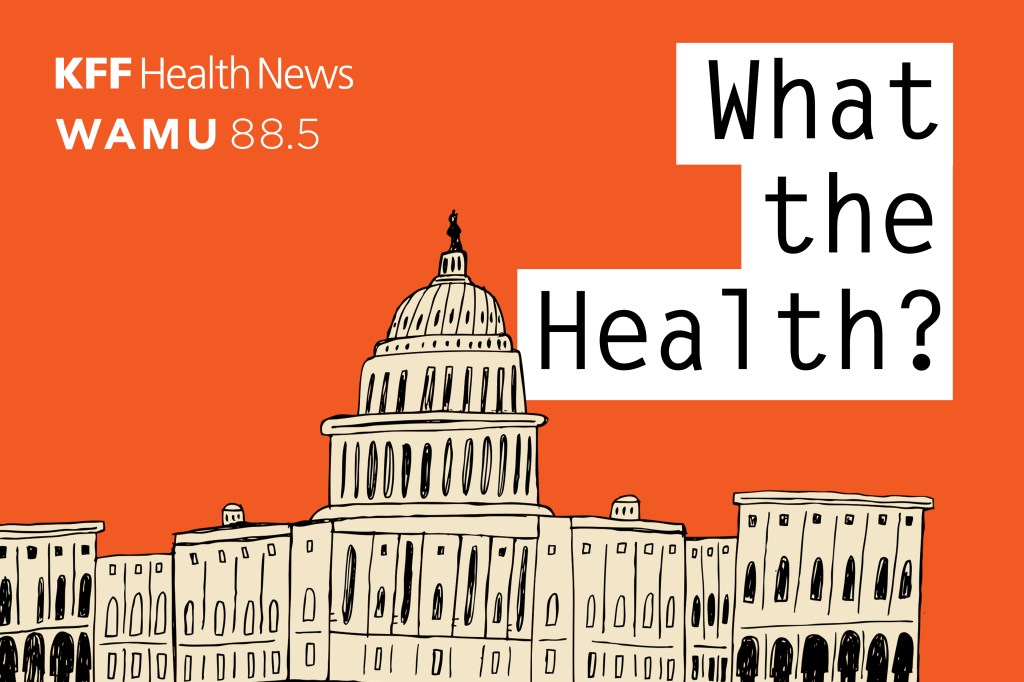Generalized risk-adjusted cost effectiveness analysis (GRACE) abandons the assumption of risk neutrality held by traditional cost effectiveness analysis (TCEA). While this sounds like a very technical issue, by allowing for risk aversion over quality of life, GRACE places a relatively higher value on treatments that improve health for more severe diseases and relatively lower value for treatments that improve health for less severe diseases. One concern many payers may have is whether implementing GRACE will increase or decrease total health care spending compared to TCEA.
A paper by Mulligan et al. (2025) implemented GRACE (using the direct-utility method) to examine the value-based price and total budget impact relative to using TCEA. TCEA inputs were extracted from 10 years of ICER cost effectiveness models (2014-2024). The authors final analysis sample contained of 219 treatment-comparator pairs across 53 distinct diseases. Using this approach, the authors found that:
The mean value-based prices were 7.5% higher under GRACE than under CEA (IQR, −3.9% to 9.1%). Furthermore, compared with traditional CEA, GRACE increased value-based prices for more severe diseases and decreased them for milder diseases. Twenty-four drugs (8 from the top population size quartile) cost less under GRACE; total spending was 3.3% lower under GRACE for these drugs. The remaining 45 drugs (13 from the bottom population size quartile) cost more under GRACE, resulting in 14.7% higher spending for these drugs. Taken together, GRACE increased the total budget by 2%. [my emphasis]
While GRACE did increase the value-based price for a majority of diseases, these higher prices were often for very severe, less prevalent conditions. Conversely, GRACE decreased the recommended value-based price for more prevalent chronic conditions. In short, while critics are correct that GRACE will increase the value-based price for many treatments, the net budget impact is likely to be minimal.
You can read the full paper here.







